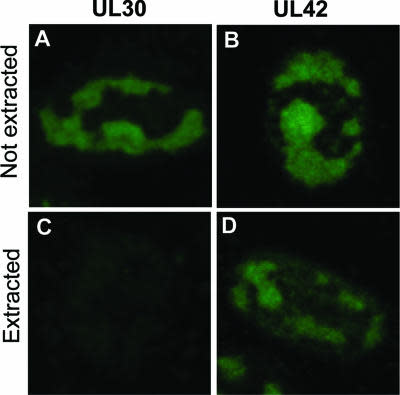
Cat. #160632
BCH-P-SS pNET cell line
Cat. #: 160632
Sub-type: Primary
Unit size: 1x10^6 cells / vial
Organism: Human
Tissue: Chest Wall
Disease: Cancer
Model: Cancer Model
£575.00
This fee is applicable only for non-profit organisations. If you are a for-profit organisation or a researcher working on commercially-sponsored academic research, you will need to contact our licensing team for a commercial use license.
Contributor
Inventor: Carmel McConville
Institute: University of Birmingham
Tool Details
*FOR RESEARCH USE ONLY
- Name: BCH-P-SS pNET cell line
- Alternate name: Askin Tumour
- Tool sub type: Primary
- Organism: Human
- Gender: Female
- Tissue: Chest Wall
- Disease: Cancer
- Growth properties: Cell lines may contain both neuronal and stromal/substrate adherent (N & S) cell types - this is a recognized characteristic of many neuroblastoma cell lines
- Model: Cancer Model
- Description: Among small blue round cell tumors, primitive neuroectodermal tumors (PNETs) are a group of Ewing sarcoma family of tumors that are highly aggressive, poorly differentiated and form a group of tumors defined by their appearance that are thought to derive from postganglionic parasympathetic primordial cells located throughout the parasympathetic autonomic nervous system. Iran J Pediatr. 2014 Apr; 24(2): 221222.PMID: 25535544Neuroblastoma is the most common extracranial solid malignancy in children. The disease possesses a broad range of clinical phenotypes with widely varying prognoses.Standard clinical and pathological assessments do not always differentiate reliably between tumor subtypes and, therefore, genetic markers are now playing an increasingly important role in treatment decisions.
- Application: Neuroblastoma cells have been used for the following: - Investigation of metabolic profiles generated by in vitro H MRS - Characterisation of genetic pathways - Discovery of epigenetically deregulated genes during neuroblastoma tumorigenesis, using genome wide DNA methylation analysis - Functional investigation of MEGF10 knockdown
- Additional notes: Karyotype data available on request STR data available on request
- Cellosaurus id: TBC
Applications
- Application: Neuroblastoma cells have been used for the following: - Investigation of metabolic profiles generated by in vitro H MRS - Characterisation of genetic pathways - Discovery of epigenetically deregulated genes during neuroblastoma tumorigenesis, using genome wide DNA methylation analysis - Functional investigation of MEGF10 knockdown
- Application notes: Tissue Site: Chest Wall Patient Sex: Female Neuroblastoma cells have been used for the following: - Investigation of metabolic profiles generated by in vitro H MRS - Characterisation of genetic pathways - Discovery of epigenetically deregulated genes during neuroblastoma tumorigenesis, using genome wide DNA methylation analysis - Functional investigation of MEGF10 knockdown Karyotype data available on request STR data available on request
Handling
- Format: Frozen
- Growth medium: Growth medium: DME/F12+15% fetal calf serum + glutamine + non-essential amino acids.
- Unit size: 1x10^6 cells / vial
- Shipping conditions: Dry ice




